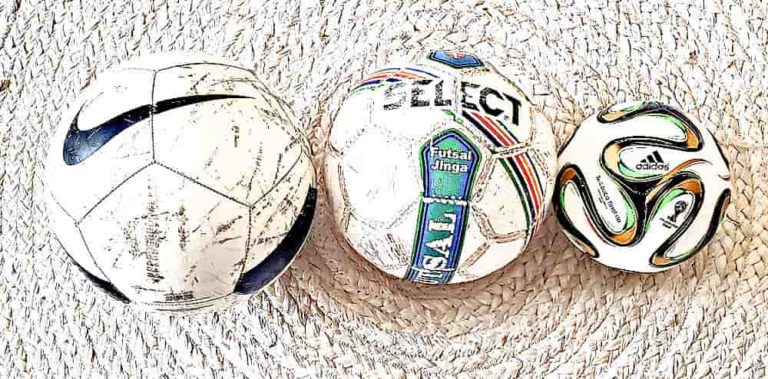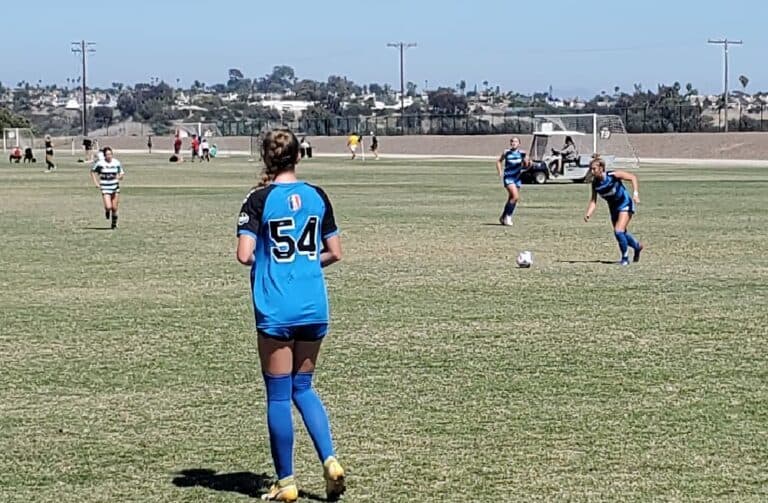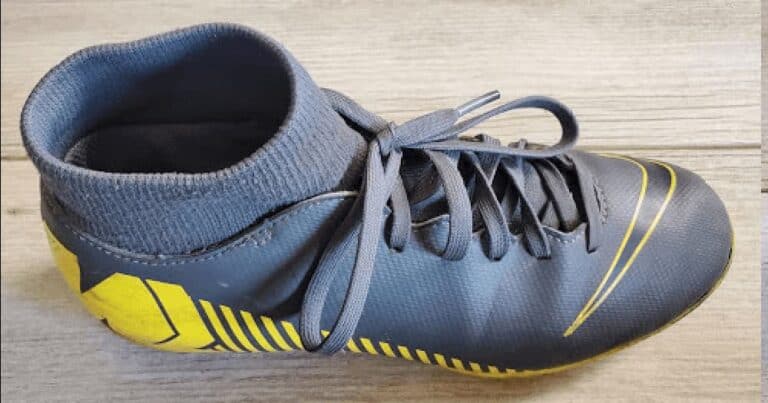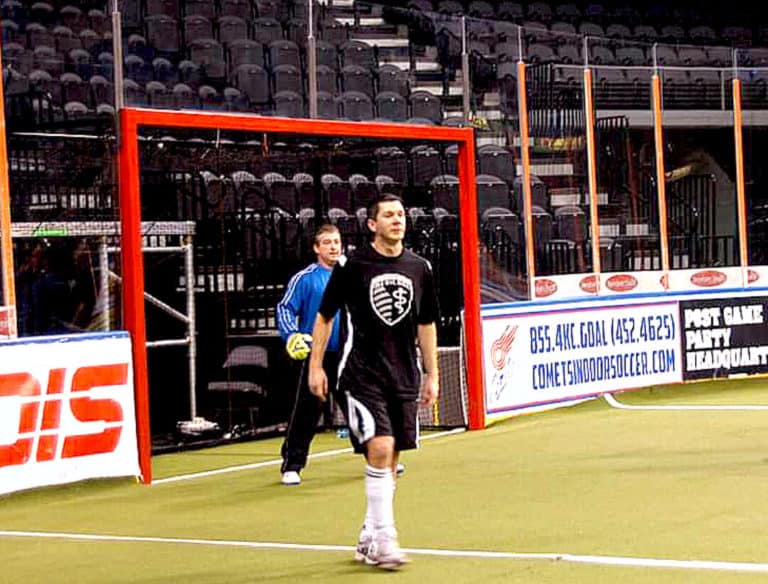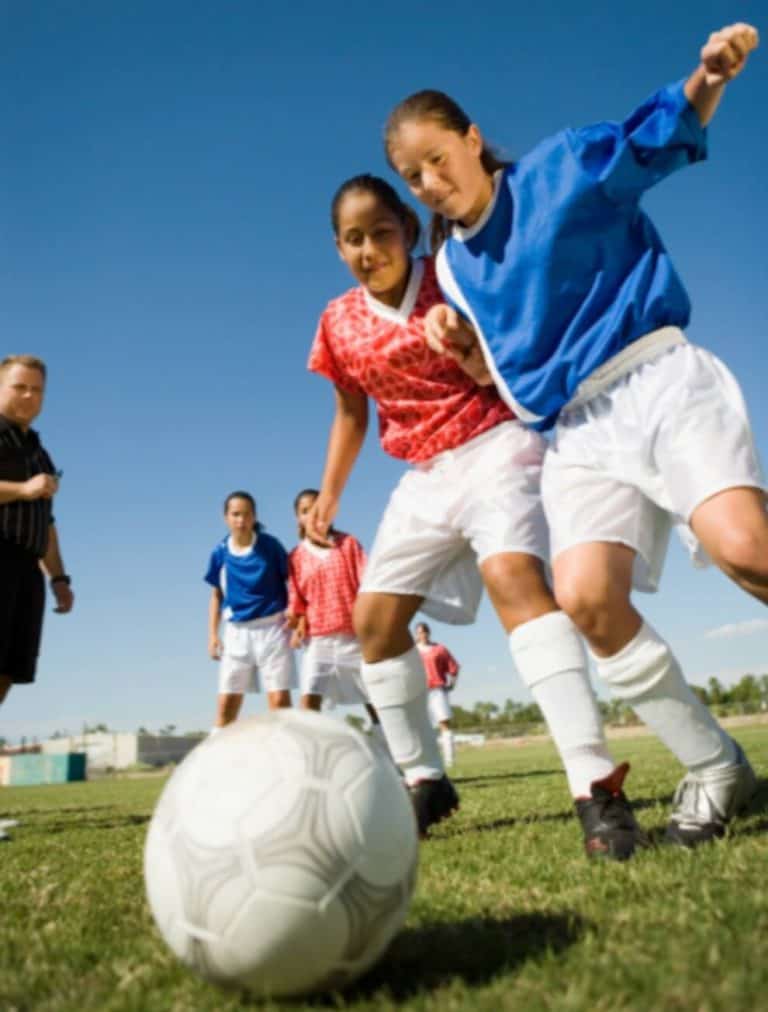The Best 12 Books on Coaching Youth Soccer
Coaching youth soccer presents many challenges. We have compiled the best 12 books on coaching youth soccer, allowing you to draw from the wisdom and experience of successful, seasoned coaches.
When the next youth soccer season rolls around, you will want to be prepared on all fronts as a soccer coach – from the rich and deep psychology of leading a strong and healthy team, to specific, effective, and enjoyable drills you can implement. Ranging from comprehensive references to more focused guides, the best 12 books on coaching youth soccer are described below.
DISCLOSURE: BoxtoBoxSoccerLife.com is a participant in the Amazon Services LLC Associates Program, an affiliate advertising program designed to provide a means for us to earn fees by linking to Amazon.com and affiliated sites.
Baffled Parent’s Guide to Coaching Youth Soccer
Bobby Clark, head coach of the Stanford’s men’s soccer team, brings us his experience and expertise in his book for coaching youth soccer.
He explains how to:
- Teach the fundamentals of the game
- Set up good habits
- Establish your policies
- Perform specific drills
- And more
Clear diagrams are used to demonstrate plays, and many examples are given.
All youth soccer coaches can benefit from this book, regardless of experience or coaching style.
Coaching Soccer for Dummies
The classic “…for Dummies” series again does not disappoint in their book about coaching soccer.
This extremely comprehensive book spares no effort in covering all aspects of coaching youth soccer. Topics include:
- Effectively working with parents
- Helping children develop bonds
- How to get organized
- Many, many practice drills
The Coach’s Guide to Teaching
This new guide from 2020 is brought to you by Doug Lemov. Mr. Lemov has a MA in English from Indiana University and MBA from Harvard Business School. While this book is not specific to coaching soccer, Mr. Lemov played soccer when he was at Hamilton College.
Mr. Lemov draws from his experiences not only in the sports world, but in academia as well. How were some teachers able to help extremely disproportionate amounts of previously struggling students succeed? Was there a single secret?
It turns out, success as a coach – as a leader – isn’t just based on one secret formula. Read inside to figure out what methods Mr. Lemov utilizes that span well beyond the soccer field.
How to Coach Girls
While there are no 100% guaranteed rules for how to coach boys vs. girls, Mia Wenjen and Alison Foley noticed some general differences.
Girls may play for the acceptance of their coach in a way that boys often don’t. Most girls want to form strong bonds among each other and their coach, compared to boys, who may be more individualistic. There are also different physical and hormonal differences between girls and boys, especially surrounding puberty.
According to data from National Alliance for Youth Sports and Home Team Advantage: The Critical Role of Mothers in Youth Sports referenced in this book, “about 70% of kids give up organized sports by the time they reach middle school,” and “girls drop out of sports at six times the rate of boys.”
Youth Soccer Drills
This book is a straightforward, practical guide to youth soccer drills. Some types of drills that it covers:
- Passing and collecting drills
- Heading drills
- Shooting drills
- Spatial and movement drills
If you are running out of ideas for your youth soccer practice, this book has an abundance of drills you can implement.
Fun Soccer Drills that Teach Soccer Skills to 5, 6, and 7 Year Olds
This is an essential book for those coaching really young children – around five, six, and seven years old. It covers all the important points you need to get started, from implementing a warmup, to drills, to fun games.
Your very young athletes will get a great work out and have a blast if you learn all of the methods in this book specifically designed for them.
Making Youth Soccer Fun! Ages 4 to 8: A Guide to Coaching (Volume 1)
This guide is another great addition for someone teaching young children. At such a young age, it is important to balance learning and competition with lots of fun.
Many topics such as:
- Team management
- Practicing throw-ins
- Formations
- Bench control
and more are covered in this valuable resource for youth soccer.
What Size Balls Do I Need?: A Road Map for Survival in the Dizzying World of Youth Sports
While not directly intended to be a guide for coaching youth soccer, this bastion of knowledge is important for any adult involved in youth sports, be it a:
- Coach
- Parent
- Referee
This book touches on how to identify “Toxic Coaches,” which may provide an opportunity for current coaches with unhappy teams to begin self-reflection. Also, as having a good relationship with the parents is essential for any coach, this book will give you the birds-eye view necessary to hone in on what parents are really looking for, so you can effectively communicate with them.
The Complete Keeper – Youth Goalkeeper Training from A to Z
The goalkeeper is arguably the most unique position in soccer. Therefore, coaching a goalkeeper often requires different strategies and techniques than coaching the defenders, midfielders, forwards, etc.
This book utilizes over 240 illustrated exercises and more than enough photos to help coaches understand exactly how to train a goalkeeper in youth soccer.
The Modern Soccer Coach 2014: A Four Dimensional Approach
Learn how coaching greats were able to distinguish themselves with this 2014 classic.
The author of this book, Gary Curneen, is the Assistant Women’s Soccer Coach at the University of Cincinnati. He uses his immense wisdom and experience to provide a more professional take on coaching soccer.
While not aimed at youth soccer specifically, a broader perspective can help new coaches think outside the box.
Coaching Youth Football: What Soccer Coaches Can Learn From The Professional Game
This book cites scientific research and personal stories to deliver a fresh yet thorough perspective on how to coach youth soccer. This modern approach is of immense value to both new and experienced coaches alike.
Ray Power, the author of this book, has over a decade of experience in soccer and education. He has worked with various soccer associations and also the NBA.
Making the Ball Roll: A Complete Guide to Youth Football for the Aspiring Soccer Coach
Broken down by age, this psychologically centered guide is a must-have for the modern cerebral coach.
With clearly laid out stages:
- Learning to Move
- Playing the Game
- Learning the Game
- Affirmation of Learning
- Prepare for Peak Performance
- Perfect Peak Performance
- Sustain Peak Performance
The guide walks us through exactly what you need every single step of the way.
The mental game in any sport cannot be underestimated, and so this book deserves special praise for going deeper into this area. Starting from a young age, the steps towards the basic tenets of a healthy soccer player mindset, ranging from one’s self confidence to cooperating with teammates, are laid out in a clear and easy-to-read format.
Soccer Coaching: A Step-by-Step Guide on How to Lead Your Players, Manage Parents, and Select the Best Formation
According to Investopedia, “The Pareto Principle, named after esteemed economist Vilfredo Pareto, specifies that 80% of consequences come from 20% of the causes, asserting an unequal relationship between inputs and outputs.”
This soccer coaching book from 2019 is based on the Pareto Principle, in that instead of expecting to cover everything about coaching into one, large, potentially overwhelming book, the author just focuses on the most important 20% of knowledge needed to be an effective and empathetic coach.
The Future Coach – Creating Tomorrow’s Soccer Players Today: 9 Key Principles for Coaches from Sport Psychology
For the final book on this list, thisis another psychologically-focused book.
This book gets quite deep, and references:
- Body language
- Knowing yourself
- Self-talk
- Self-belief
- Visualization
As it is focused on the psychology of the game, it does not go into detail much about specific drills and exercises. It would be best to supplement this guide with one of the other books mentioned.


